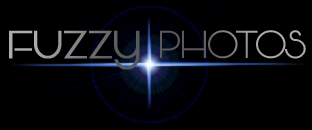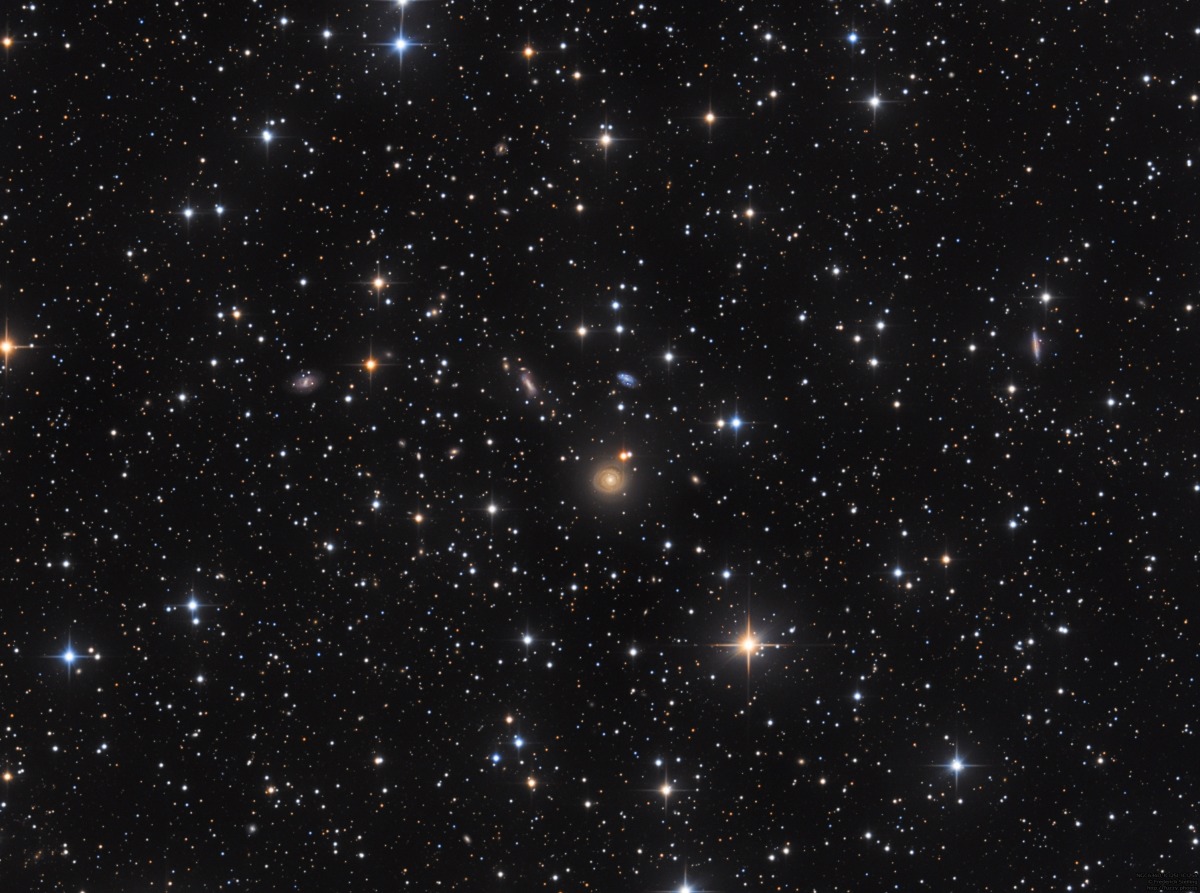Selected as an Astrobin "Top Pick".
| Image Links | |
| Published image | Full resolution |
| Annotated image | Full resolution |
| Limiting Magnitude Analysis | Full resolution |
| Target Information | |
| Main Target Designations | NGC6340 |
| Companion Objects | IC1251, IC1254, PGC59551, PGC59812, PGC59908 |
| RA Center | 17h 10m 33.948s |
| DEC Center | +72° 20' 21.05" |
| Rotation | 0.980° (North is up) |
| Pixel Scale (as posted) | 1.503 arcseconds/pixel |
| Estimated Limiting Magnitude | 20.46 |
| Exposures | |
| LRGB | 480’/150'/150'/140' |
| L subframes | 24 x 1200" @ 1x1 |
| R/G/B subframes | 15/15/14 x 600" @ 1x1 |
| Total Integration | 15hrs 20min |
| Date(s) of acquisition | 23Apr2017, 19Jun2017, 17Jan2018, 13Mar2018 |
| Location | Whiteside, MO |
| Equipment | |
| Imager | SBIG STF-8300M |
| Telescope/Lens | Orion 8" f/3.9 Astrograph |
| Mount | Celestron CGEM (DIY Hypertuned) |
| Guiding Apparatus | OAG-8300 |
| Guiding Camera | QHY5L-II |
| Filter Wheel | FW5-8300 |
| Wide Filters | Astrodon Gen II LRGB |
| Accessories | |
| Coma Corrector | Baader MPCC Mark III |
| Collimator | Howie Glatter 650nm laser |
| Focusing | Moonlite CR with V2 High-res Stepper |
| Software | |
| Acquisition | Sequence Generator Pro |
| Guiding | PHD2 |
| Processing | PixInsight 1.8 |
It's awfully fortunate that deep space doesn't move by any discernible amount in the night sky on the scale of my amateur equipment. This image is my longest duration between acquisition start and finish, taking me 11 months to complete! With a combination of consistently poor weather and other conflicts (like the solar eclipse narrow- and wide-field images I nabbed in August), I pulled down the first frame for this image on April 23, 2017 and the last on March 13, 2018. But it was well worth the perseverance to complete my favorite style of image.
This area in Draco is another fascinating and often-overlooked peppering of galaxies at a high celestial latitude. Some brief searches for NGC6340 reveal few deep images of the area, and those are most commonly from very high-focal length scopes. Here, I add to the mix a wider-field look and pull in some of those bizarre galactic oddities that extend beyond those high focal length views.
The main attraction in this frame is NGC6340 at center, an odd unbarred spiral galaxy (class SAa) with an 11.0 visual magnitude and a very challenging apparent size of 3' x 2.8' - easily my smallest main target to-date. But that challenge is quickly dwarfed by its nearby comrades, several of which have incredible features of their own:
-Â IC1251 is an unbarred spiral galaxy (class Sc) with striking blue character sitting just north of NGC6340.
- Just to the north-east (top-left) of NGC6340 sits another unbarred spiral galaxy in IC1254 (class Sc) with faintly-colored curved dust extents stretching from its core
- PGC59908 is a dim 14th magnitude barred spiral galaxy (class SB) to the east (left) of this frame, displaying some deep hues and reaching out with very faint dusty arms
- Making a striking resemblance to a polar-ring galaxy is PGC59812, peeking in at the north of the frame and with a classification that is as-yet unspecified
- Lastly, my favorite of the frame is PGC59551 at the far west (right) of this field. This unbarred spiral galaxy (class Sc), despite its very small apparent size, comes through here with a distinct dusty band through it with slight spiral detail in its outer arms. Additionally, quite a bit of perpendicular signal came through from the core, making for an extraordinary presentation and a possible indicator of high star formation activity
Although this area isn't the most visually striking in that loud-and-boisterous way some astrophotos do, it represents my favorite type of image, hands down. With as many scopes and cameras as there are pointed at the sky, there are a remarkable number of areas that are lesser-imaged, and this image proves that deep exposure and long integration of even these "uninteresting" areas reveals a universal beauty that can be uncovered from nearly any portion of the sky. Even peering beyond the galaxies I've outlined above, countless fainter vestiges are littered throughout the frame and truly give context to the extent of the universe.
In attacking deep images of this nature, I thought it would be neat to begin to approximate the limiting magnitude of my images (that being the faintest apparent magnitude of a celestial body that is detected by a given set of equipment). This is a great benchmark when taking deep images, and with it I can gauge from image-to-image the quality of my source data as well as the care I take to processing. Noise reduction in processing, in particular, is something which can directly impact the evident limiting magnitude in a final image. While insufficient noise reduction and/or integration will lead to background artifacts that misrepresent for signal, excessive noise reduction and that applied without care can wipe out real background signal and wash away the depth of the image. For processing, it's one of the toughest tools to tame and something that needs constant practice and improvement - something suitable of a benchmark!
While ClearOutside lists my Whiteside, MO imaging location with a limiting magnitude of 21.63, this represents a theoretical maximum magnitude based on sky quality and does not consider the noise of my camera, precision of my optics, and so forth. Using the Miliquas catalog, I identified 4 of the dimmest quasars I could confidently annotate (analysis) and determined an average red-band (6165Å) magnitude 20.46. I'm absolutely astonished that my "$450 telescope" from rural Missouri skies is pulling in and separating objects of this incredibly dim magnitude. We are truly peering into some of the deepest parts in these images, and now I have a method by which I can compare how deep these images are getting.

